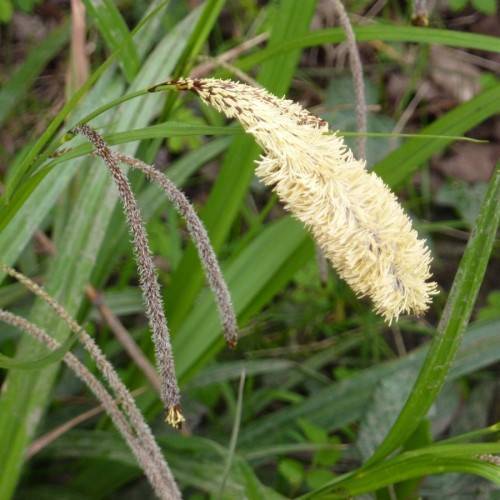
Sitka Sedge
Carex aquatilis var. dives
Watering:
Average
Hardiness Zone:
Flowers:
Flowers In Spring
Sun:
Partial Shade, Shade
Soil:
Clay, Sand
Leaf:
Yes
Growth Rate:
Low
Drought Tolerant:
Yes
Salt Tolerant:
Yes
Care Level:
Medium
watering
Appalachian Sedge should typically be watered once every 7-10 days during the summer months, depending on rainfall levels and temperatures. When watering, it is best to use slightly cooler water and give the soil a good soaking. Water can be applied through overhead irrigation systems or by hand with a hose. It is important to make sure the soil is always slightly damp but not constantly saturated with water. Reducing watering in the winter months is recommended.
sunlight
Appalachian Sedge prefers full sun to light shade, and will perform best when it receives at least 6 hours of direct sunlight each day. In its native habitat in eastern North America, it often grows in sunny woodland openings or alpine meadows, so it doesn’t require full sunlight all day. While it can tolerate some direct sun in its afternoon hours, it would benefit from additional shade in the late afternoon to protect it from the intense afternoon heat. As long as it receives full sun for the largest portion of the day, it should thrive.
pruning
Appalachian Sedge requires light pruning throughout the growing season, mainly to remove any dead or damaged foliage. Generally, reducing the length of the stems at the end of the growing season (late summer or early fall) is recommended. This will promote a compact and denser growth in the future. Pruning should be done lightly, as even light pruning can have a large effect on the overall appearance of the plant. Any pruning should also be manageable and should not reduce the size of the overall plant.
